According to doctors, the type of rice you choose and how you eat it play a significant role in your health care and disease prevention.
4 Ways to Eat Rice to Avoid Chronic Diseases with “High” Factors
Rice is a staple food, present in every meal of families, and is considered a primary food source. The main component of rice after being cooked is carbohydrates, with a complete ratio of amino acids that are easy to digest and absorb.
However, many people today have a strong “fear” of rice due to unverified hearsay, especially those suffering from chronic diseases such as high blood pressure, high cholesterol, and diabetes. This group is often anxious every time they eat rice, fearing that they might not understand the right eating methods, which could lead to elevated blood sugar levels.
According to doctors, if you try the following 4 eating methods and persistently apply them, your high blood pressure, blood sugar, and cholesterol levels will gradually be controlled and may even disappear. This information can be referenced once and effectively applied for a lifetime.
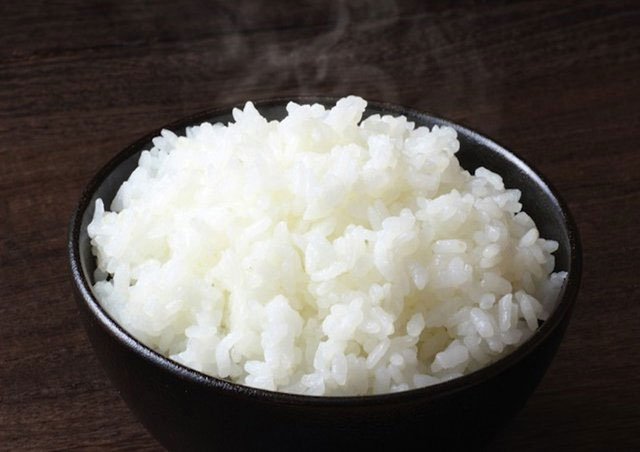
Avoid adding too much oil or other foods to rice.
1. Keep rice in its natural state and eat it simply, avoid excessive processing
Avoid adding excessive oil or other foods to rice, as this will increase calorie intake and may cause a sudden spike in cholesterol levels after meals. Therefore, limit fried rice and rice mixed with added fats or other ingredients.
Additionally, refrain from adding seasonings like monosodium glutamate, soy sauce, or salt to rice, as this will increase salt intake, affecting blood pressure control and potentially leading to cardiovascular diseases. Instead, when eating rice, you can add vinegar, lightly sour dishes, or wrap it with seaweed, or include more vegetables, seeds, and other healthy foods.
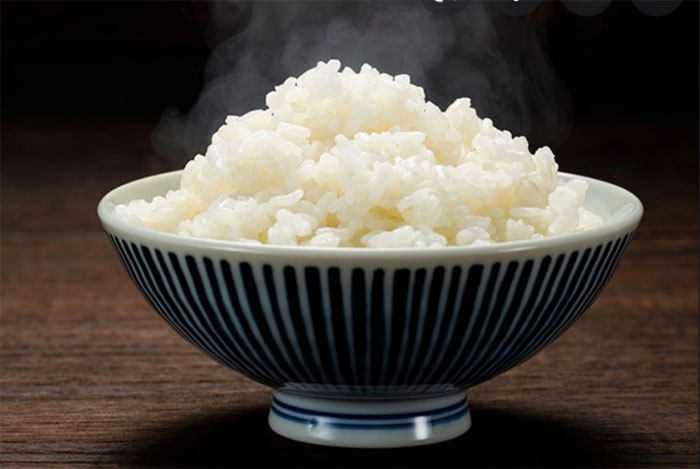
(Illustrative image)
2. Cook rice with grains or supplement with seeds
When cooking rice or porridge, you can not only use one type of rice but also add various grains, beans, and whole grains either cooked together or served alongside.
For example, oatmeal porridge with peanuts, red beans, and black rice is suitable for patients with chronic diseases (high blood pressure, high cholesterol, high blood sugar, etc.). This not only increases nutritional content but also allows the proteins to complement each other. Moreover, this eating method can delay the rise of blood sugar after meals and better control cholesterol levels.
Particularly, rice and beans are a perfect combination, with a slower digestion rate that helps slow down the conversion of starch to glucose, preventing blood sugar spikes after meals.
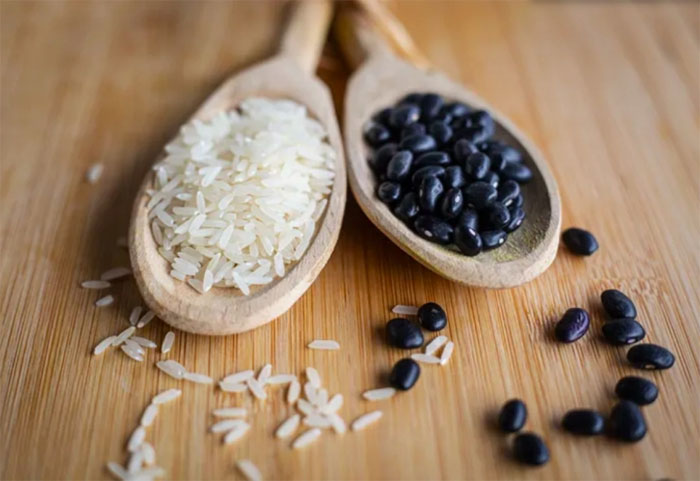
Experts recommend eating less refined white rice and glutinous rice. (Illustrative image).
3. Eat more whole grain rice
Experts advise eating less refined white rice and glutinous rice, as the response that causes blood sugar spikes from these two types of rice is too high, which is not beneficial for controlling cholesterol and blood sugar levels.
Most patients have a body fat percentage that exceeds the allowable standard, and only weight control can prevent the progression of disease.
Therefore, consuming more fiber-rich foods can slow down the digestion of rice, absorb fats and cholesterol in the intestines, helping to reduce blood cholesterol and lower blood sugar after meals.
Generally, whole grain rice often has higher nutritional value than overly refined rice, such as black rice or brown rice, which contain a certain amount of fiber. When cooking regular white rice, you can also add a portion of oats or brown rice for better flavor and nutritional variety.
To enhance the dish’s taste, soak the whole grain rice overnight before mixing and cooking it with refined white rice, so that both types of rice soften evenly and are easier to eat.
Patients with high cholesterol should choose rice-based foods that can help lower cholesterol levels, those with high blood pressure should choose non-salty rice dishes, and those with high blood sugar should select foods and rice with low glycemic indices and slow blood sugar release. These are the fundamental rice eating principles you must apply.
Individuals with specific health conditions should limit foods that contain “conflicting” ingredients.
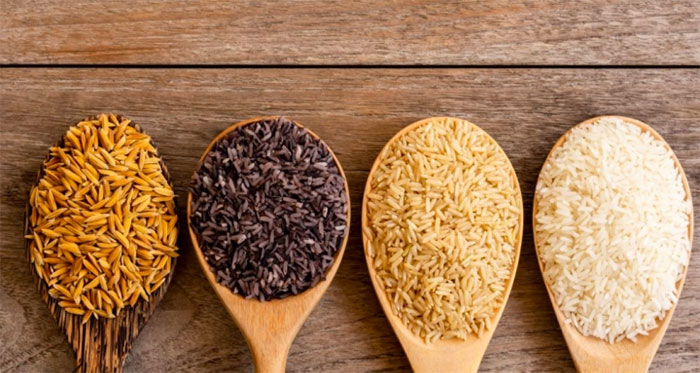
Soaking whole grain rice overnight enhances taste. (Illustrative image).
4. Add colorful foods to your rice
White rice contains almost no antioxidants and very few vitamins. Therefore, the advice is to mix a variety of colorful foods when eating rice or cooking it together. This not only makes the dish visually appealing but can also increase its nutritional value.
You can add carrots, corn, or peas when cooking rice, as these contain antioxidants like carotenoids and vitamins that can combat free radicals, protect blood vessels, maintain vascular elasticity, prevent eye aging, and protect vision.
Additionally, red rice, black rice, purple rice, and white rice can also be prepared to eat together, as these colorful whole grains often contain anthocyanin antioxidants that help prevent cardiovascular diseases, vascular issues, and other chronic diseases.
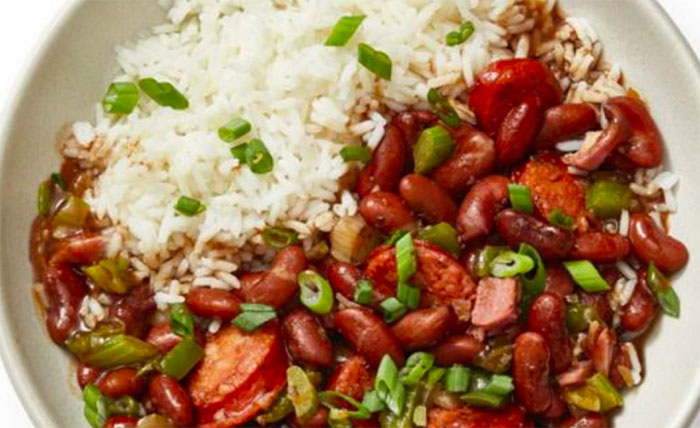
Rice and beans are a perfect combination. (Illustrative image)
Additional advice: How you eat is as important as what you eat
Another important point is that you need to consciously increase the frequency of chewing when eating rice; chewing slowly can effectively reduce blood sugar levels.
The starch in rice is generally a high-bond form that is considered difficult to digest. After the rice cools a bit, the structure of the starch in white rice changes to a certain extent, making it less likely to raise blood sugar levels, thus eating slowly and chewing thoroughly is the “key” to lowering blood sugar.
Moreover, chewing rice slowly and multiple times also stimulates the brain, giving the eater a certain feeling of fullness, preventing excessive calorie intake, which can effectively control weight.
Eating slowly and chewing thoroughly brings many benefits, so you should practice making this eating method a daily habit.



















































